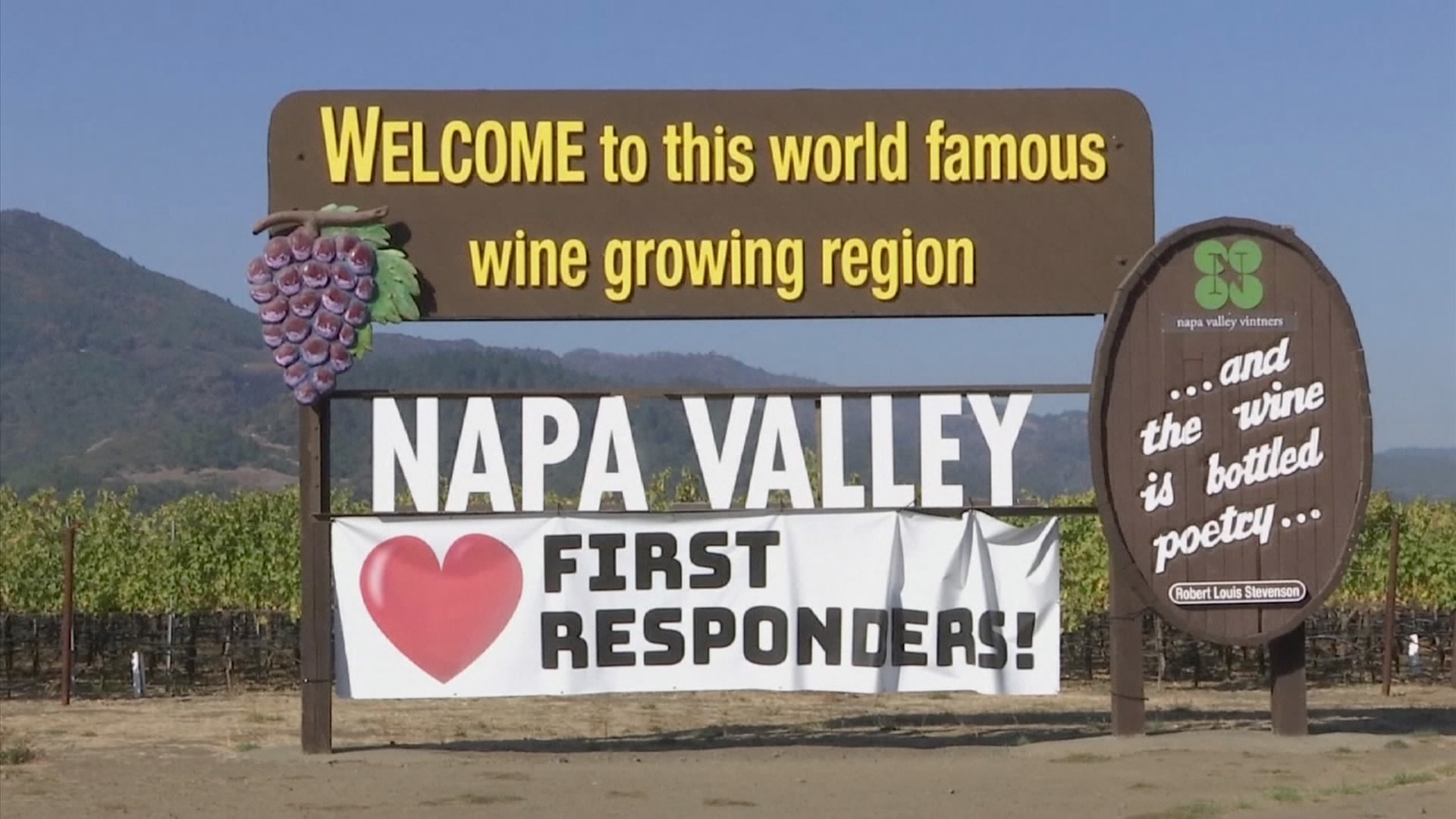
Tech & Sci
23:04, 19-Nov-2017
California wineries encourage tourists to return to save the region's main source of revenue
CGTN

Tourists board the Napa Valley wine train, heading to see the vineyards and tasting rooms of California wine country.
"The train is running. The wine is flowing. And we're on our way," says Jim Kilpatrick, a visitor from Texas.
The tourists are a welcome sight for a region still recovering from devastating wildfires that shut down wineries, hotels and restaurants during their busiest month.
"In spite of the local disasters that have occurred in the area, I've decided to come support Napa," says Tanya Thomas, a wine country tourist.
The wildfire outbreak in early October killed more than 40 people and destroyed nearly 9,000 homes and other buildings in Napa and Sonoma counties.
Despite widespread devastation, only a small number of the region's 1,200 wineries were badly damaged.
And there was little impact to wine production since 90 percent of the grapes were picked before the fires broke out.
"No wineries really lost much wine from this vintage. It was really more of the impact the fires had on people's psyches. They thought the Napa Valley was burning and they canceled their trips. That's really been the most impact for us," explains Michael Honig, chairman of Napa Valley Vintners.
Most vineyards were spared due to their high moisture content, and some even helped save surrounding structures by acting as fire breaks.
But many operators are now grappling with other long-term effects from the fires: making up for losses from being closed at the busiest time of year, assessing the impact of smoke and other environmental damage on this year's vintage, and persuading tourists to return after weeks of news coverage of the fires' devastation.
Hotels have seen a steep decline in guests. Many rooms are now filled with fire evacuees and emergency responders who pay discounted rates.
Bill Blum is the manager at MacArthur Place Hotel & Spa in Sonoma.
"Spend money at our local restaurants and shops. Buy Sonoma wine. Stay at our hotels. That's really one of the best ways you can really help," he pleads.
Frank Figone says his olive oil business was shut down for nine days. Many of his clients' olive orchards were destroyed. And his retail shop is seeing a lot less foot traffic.
"We always save for the rainy day. But in this case we're not really saving for firestorms. And it's had a tremendous financial impact on us."
Higher-end restaurants such as Sonoma's Cafe La Haye are also feeling squeezed by the loss of out-of-town visitors.
"Those people that lost their homes still need their incomes, so tourism is a way to help those fire victims. And nobody should be afraid to visit and see the beauty that surrounds us here," says owner Saul Gropman.
Now the push is on to lure visitors back to the three counties, which together saw more than $3.7 billion in tourism spending in 2016.
The state's tourism commission, Visit California, is spending $2 million on an advertising campaign to encourage visitors to return.
Source(s): AP

SITEMAP
Copyright © 2018 CGTN. Beijing ICP prepared NO.16065310-3
Copyright © 2018 CGTN. Beijing ICP prepared NO.16065310-3